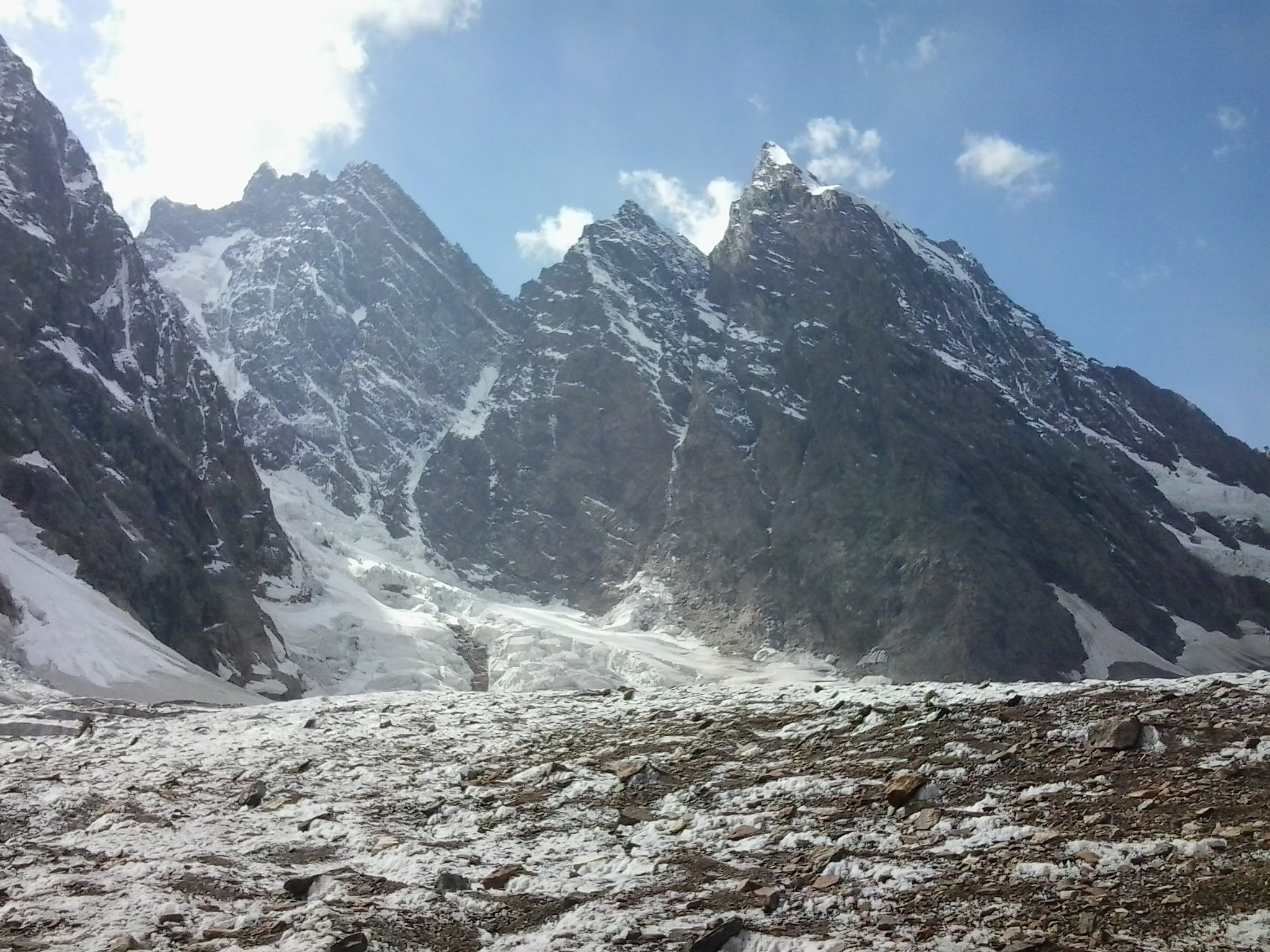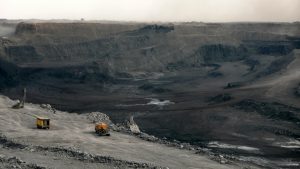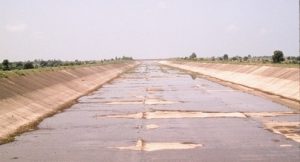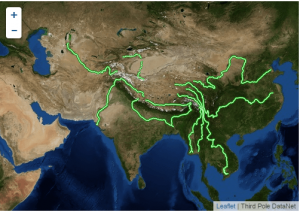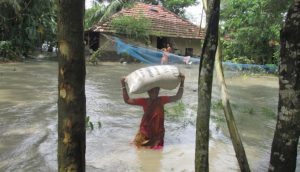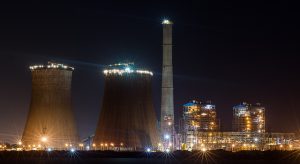Eighty-five year-old Dur Nayyab is not a glaciologist, but he is concerned about the rapid melting of what he calls the “Black Glaciers” in the mountains around the Gupis Yasin valley, nestled between the Hindu Kush and Himalaya ranges in northern Pakistan’s Gilgit-Baltistan province.
Nayyab, a retired army soldier and native of the Ghizer district, has closely observed the melting of the centuries-old Black Glaciers over the past 50 years. Dur Nayyab is worried the disappearance of these glaciers will detract from the region’s natural beauty. However, he is unaware of the importance of the glaciers as a source of water for the country.
“When we were young and used to go hunting in the valleys these glaciers covered a vast swathe of the area”, said Dur Nayyab. “They have reduced to a much smaller size, particularly in the last two decades.” These glaciers are called the Black Glaciers by locals because they are mixed with mud and stones. Big cracks have developed in the glaciers and water gushes out, even in October. In the past, by late autumn freezing temperatures were normal in these mountains valleys.
“The weather conditions have completely changed here and we now enjoy hot weather even in October and November; it was not so decades before,” said Muhammad Wazir, another native of the area. He used to spend his summer in the upper valleys grazing his cattle and goats and come back down in the winter. But for the last decade he hasn’t needed to bring his goats down to lower altitudes due to the comparatively warm winters.
“Usually snowfall starts in early November, but last year surprisingly the snowfall didn’t come until March,” he noted.
Dur Nayyab and Wazir are not the only people concerned about changing weather patterns and melting glaciers in the mountainous valleys. Many experts are concerned this will reduce Pakistan’s water supplies in the future. The Thoi Yasin River – which passes through the Yasin valley – feeds into the Indus River, an important source of water for Pakistan’s cities and for irrigation and drinking water downstream. The Indus is heavily dependent on glacier melt, which makes up almost half of the river’s flow.
As a result, Pakistan’s federal government has decided to construct two major dams in Gilgit-Baltistan to store water for irrigation purposes. The Diamer Basha and Bunji dams will provide water storage and generate cheap electricity to ease the country’s energy crisis. According to Dr Ghulam Rasool, Pakistan’s Chief Meteorological Officer, melting glaciers will increase water flowing through the dams and produce more electricity in the short-term. But in the long-term mountain communities will face water shortages as the glaciers disappear.
Former chief of the Pakistan Meteorological department Dr Qamer Zaman Chaudhry also warns of future water shortages caused by melting glaciers. Pakistan’s glaciers are melting rapidly due to rising temperatures, he said, like glaciers across the globe. The increase in temperature varies from place to place and Pakistan’s northern areas are more vulnerable than the south.
Rising temperatures, shifting snowfall
Heatwaves are becoming more frequent in Pakistan, said Dr Ghulam Rasool. According to his findings, between 2001 and 2010, northern Pakistan witnessed a high number of moderate and severe heatwaves, which were rare events in the past. “These events trigger accelerated melting of snow and glaciers, generating peak flows in the rivers and streams,” he said.
Rasool has studied the shifting patterns of snow cover in northern Pakistan from 2001 to 2013 using MODIS satellite images. His findings show maximum snow cover has shifted from January to February over this period.
According to Rasool’s research, this shift means snow falling on glaciers will melt faster as temperatures rise in spring, leaving less time for snow to turn to ice. Overall, since 2006 the amount of monthly snowfall has decreased, particularly in January.
Scientists are also studying the impact of black carbon on the melting process of snow and ice, said Rasool. Preliminary results from a study of five major glaciers in the Gilgit, Hunza and Nagar areas have revealed black carbon deposits are from both local sources (from burning wood and coal) and trans-boundary eastern sources (industrial carbon). Analysis of samples collected from different altitudes across the glaciated areas of Gilgit-Baltistan show the moisture originates from the Bay of Bengal. This confirms monsoon rainfall now reaches higher elevations than before.
Studies of the monsoon flow from the Bay of Bengal also prove that easterly winds have intensified over the last decade, dragging the warm monsoon rain and wind to higher elevations and accentuating the melting process, said Rasool.
Future projections of climate parameters, such as temperature and precipitation, were developed by downscaling global climate models, Rasool explained. The results, provided for seven locations in Gilgit-Baltistan including Gilgit, Gupis, Chilas, Bunji, Astore, Babosar and Skardu, showed surface temperatures will increase 1- 2 degrees Celsius by 2039 and 5-6 degrees Celsius by 2099.
Dr Rasool expects the changes will lead to increased river flow in the short term, producing flash floods and flooding in urban areas. At the same time, extended dry spells will occur with high temperatures and no rainfall. This situation will accelerate the drought condition in areas that depend on rainfall, such as the Pothohar plateau in the country’s arid north-east.
“The accelerated melt rate may give rise to the formation of glacial lakes, with their overflow occasionally threatening the socio-economic life of the exposed population,” Rasool wrote in his findings. “The increasing frequency of heatwaves, the rising flux of black carbon and expanding extent of monsoon precipitation are the additional agents causing the depletion of cryospheric reserves of the Hindu Kush Himalaya”.
